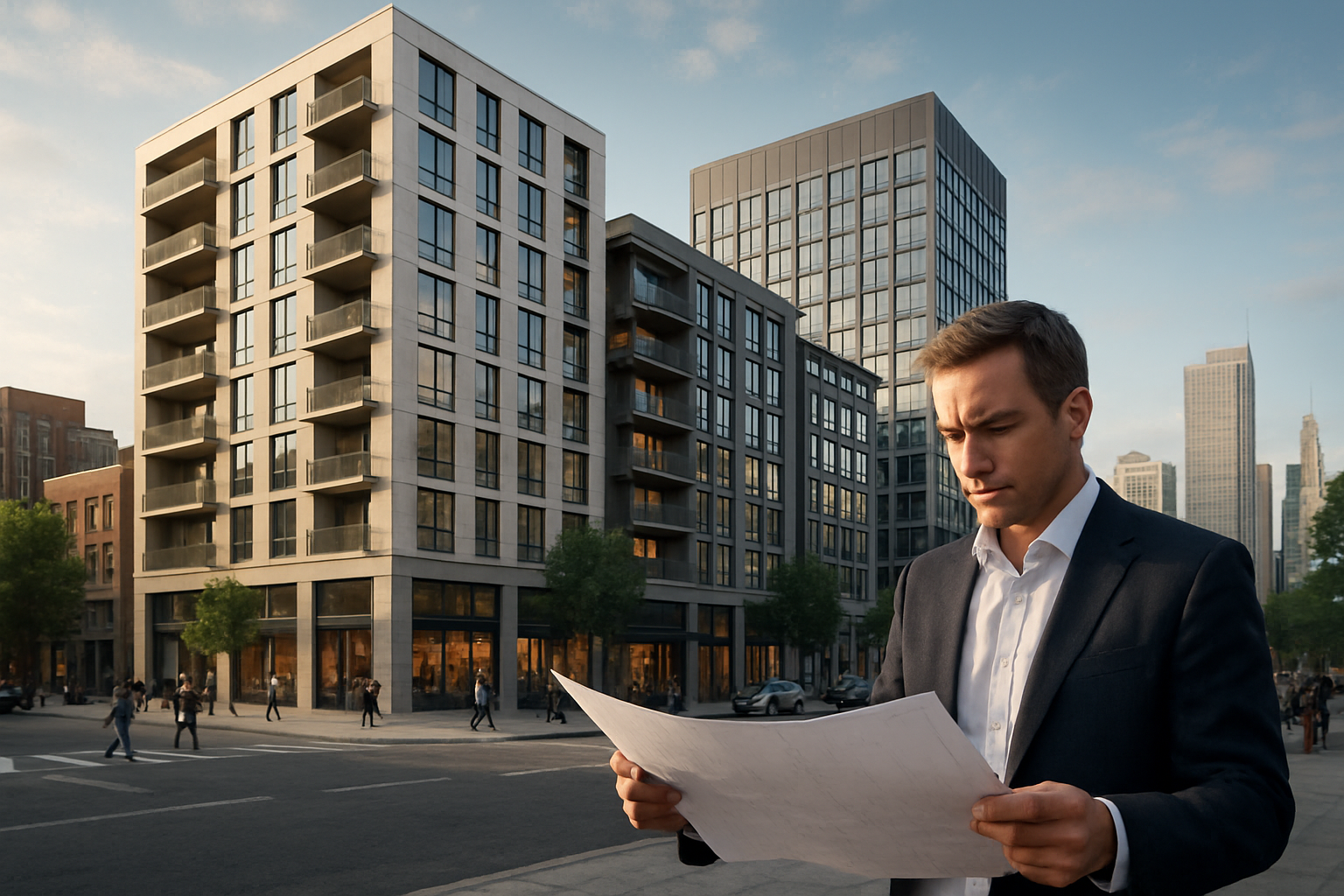Reimagining Urban Zoning: The New Frontier of Mixed-Use Development
A seismic shift is transforming urban landscapes across the globe. As cities grapple with housing shortages, traffic congestion, and the demand for sustainable living, a revolutionary approach to urban planning is gaining traction. Mixed-use development, once a niche concept, is now at the forefront of real estate innovation. This paradigm shift is reshaping how we live, work, and interact within our communities, promising to redefine the very fabric of urban life.

Understanding Mixed-Use Development
Mixed-use development integrates residential, commercial, cultural, and sometimes industrial spaces within a single project or neighborhood. This approach creates vibrant, walkable communities where people can live, work, shop, and socialize without extensive travel. The concept isn’t entirely new—it harkens back to traditional town planning—but its modern iteration incorporates advanced design principles and technology to maximize efficiency and livability.
Economic Benefits of Mixed-Use Projects
From a financial perspective, mixed-use developments offer compelling advantages. For developers, diversifying property use can mitigate risk and potentially increase returns. Retail spaces in mixed-use buildings often command higher rents due to the built-in customer base from residential units above. For cities, these developments can boost tax revenues and reduce infrastructure costs by concentrating growth in already-serviced areas.
Environmental and Social Impacts
The environmental benefits of mixed-use developments are significant. By reducing the need for car travel, these projects can substantially lower carbon emissions. They also often incorporate green building techniques and efficient energy systems. Socially, mixed-use areas foster community interaction and can help address issues of urban isolation. The proximity of amenities and services can particularly benefit elderly residents and young families.
Challenges and Considerations
While the potential of mixed-use development is immense, it’s not without challenges. Zoning laws in many cities still favor single-use development, necessitating complex negotiations and approvals. Financing can be more complicated, as lenders may be hesitant to back projects that don’t fit traditional models. There’s also the delicate balance of managing diverse tenant needs within a single property.
The Future of Urban Real Estate
As cities continue to evolve, mixed-use development is poised to play an increasingly central role. We’re likely to see more innovative designs that blur the lines between public and private spaces, incorporate smart city technologies, and adapt to changing work patterns post-pandemic. The success of these projects could fundamentally alter urban real estate markets, potentially shifting value away from traditional central business districts to more integrated, livable neighborhoods.
Investment Opportunities in Mixed-Use Real Estate
For real estate investors, mixed-use developments represent both opportunities and challenges. These projects often require larger capital investments and longer development timelines but can offer more stable long-term returns. The diversification inherent in mixed-use properties can provide a buffer against market fluctuations in any single sector. However, investors need to carefully consider factors such as location, tenant mix, and community reception to maximize their chances of success.
Case Studies: Successful Mixed-Use Transformations
Several cities around the world offer compelling examples of successful mixed-use developments. In Barcelona, the 22@ district transformed a former industrial area into a thriving innovation district, blending residential, office, and educational spaces. Toronto’s Distillery District revitalized a historic area, creating a pedestrian-only village that seamlessly combines housing, boutique retail, and cultural venues. These projects demonstrate the potential of mixed-use development to breathe new life into underutilized urban areas.
Navigating Regulatory Landscapes
One of the most significant hurdles in implementing mixed-use developments is navigating complex regulatory environments. Many cities are still in the process of updating zoning laws to accommodate these projects. Real estate professionals and developers need to work closely with local authorities, often engaging in public-private partnerships to bring these visions to life. Understanding and influencing urban planning policies has become a crucial skill in the mixed-use development arena.
Conclusion
The rise of mixed-use development marks a pivotal moment in urban real estate. As cities strive for sustainability, livability, and economic vitality, this approach offers a compelling solution to many urban challenges. For real estate professionals, investors, and urban dwellers alike, understanding and embracing this trend will be key to navigating the future of our cities. As we reimagine urban spaces, mixed-use development stands at the intersection of innovation, sustainability, and community—a beacon guiding us towards more integrated, vibrant urban futures.





